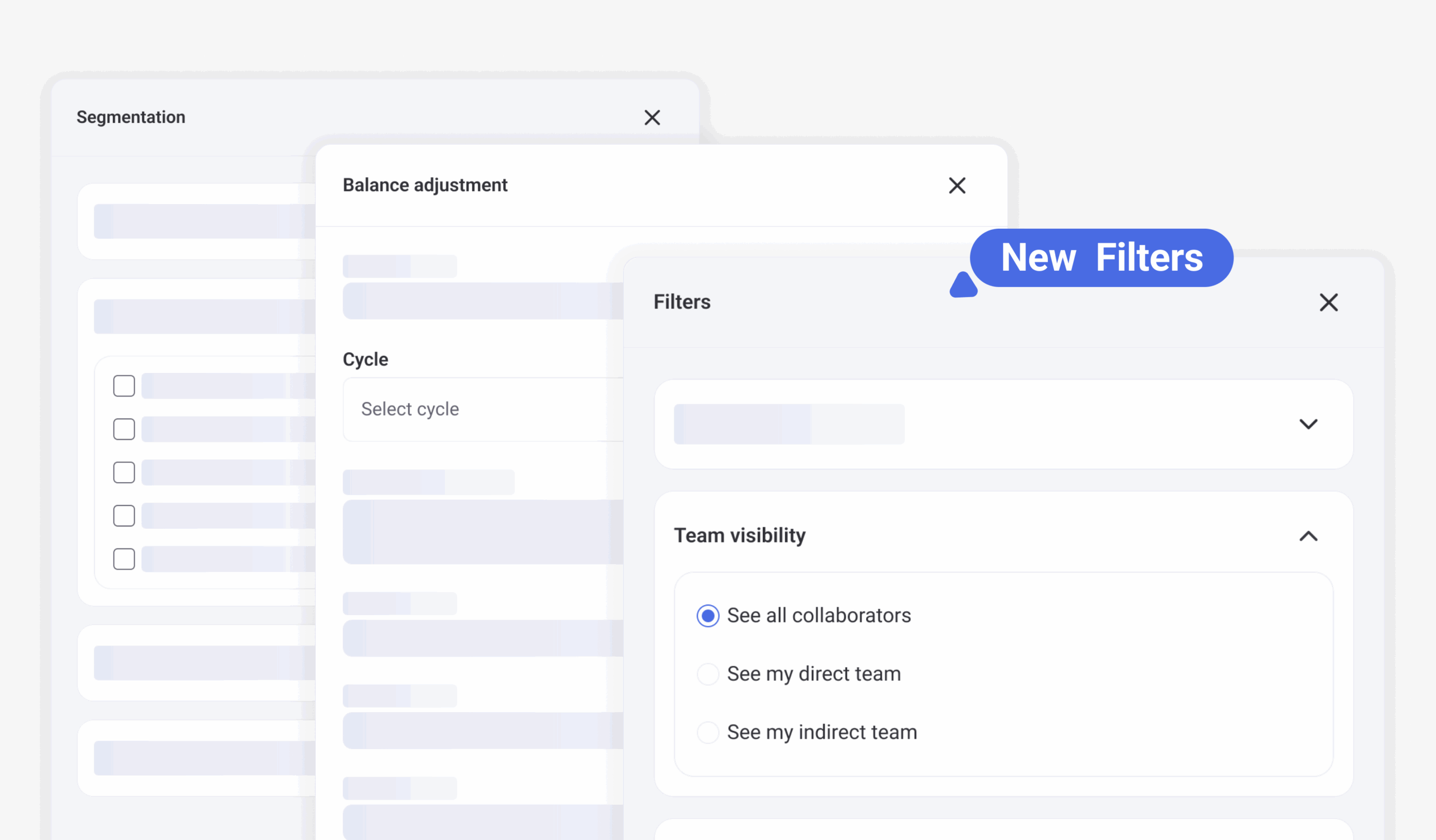Introduction
Have you ever pondered the total number of hours you work in a year? This question might seem simple, but the answer has significant implications for managing your work-life balance, productivity, and overall well-being. Knowing your annual labor hours can help you make more informed decisions about your career and health.
In this guide, we’ll walk through how to calculate your yearly work hours, examine how different work arrangements can affect this number, and offer tips on using this information to enhance your work experience. By the end, you’ll have a clearer understanding of your annual business hours and why they matter. Let’s get started!
How is the yearly work time calculated?
Basic calculation
To find out how many hours you work each year, start with a simple formula. Multiply your weekly office hours by the number of weeks in a year. In many regions, a standard work year includes 52 weeks. So, if you work 40 hours a week, the calculation would be:
Annual Work Hours=Hours per Week×Weeks per Year\text{Annual Work Hours} = \text{Hours per Week} \times \text{Weeks per Year}Annual Work Hours=Hours per Week×Weeks per Year
For instance, if you work 40 hours a week:
| 40 hours/week × 52 weeks/year = 2080 hours/year |
This calculation provides a baseline estimate of your total work hours for a standard year.
Regular hours vs. Overtime
When calculating yearly business hours, differentiate between regular and overtime hours:
- Regular Hours: These are the hours you work as part of your standard schedule. For example, a typical full-time job may involve 40 hours per week, as mentioned above.
- Overtime Hours: These are additional hours worked beyond your standard schedule, often paid at a higher rate. Overtime can vary significantly depending on your job and industry.
How overtime can affect your total annual hours
Regular overtime can significantly increase your total annual hours. For example, if you work an additional 10 overtime hours weekly, the calculation would be:
|
Regular Annual Hours = 40 hours/week × 52 weeks/year = 2080 hours/year Overtime Annual Hours = 10 hours/week × 52 weeks/year = 520 hours/year |
Adding these together gives:
| 2080 hours (regular) + 520 hours (overtime) = 2600 hours/year |
This example shows how overtime can impact your total annual work hours, affecting your work-life balance and productivity.
What is an FTE and how does it affect the result?
Definition of FTE (Full-time equivalent)
FTE, or full-time equivalent, is a measure that represents the number of hours worked by an employee in terms of a full-time workload. It is essential for human resources and workforce management.
Explanation of the term
An FTE quantifies part-time and full-time employees on a comparable scale. One FTE equals the work hours of a full-time employee, typically working 40 hours a week. This metric helps organizations compare various work schedules and manage their workforce efficiently.
For example, a full-time worker with 40 hours a week represents 1.0 FTE, while a part-time worker with 20 hours a week represents 0.5 FTE. This allows companies to aggregate different work arrangements into a single figure, simplifying staffing and budgeting.
Usage in HR
In HR management, FTE calculations are used to:
- Budgeting and Staffing: Determine staffing needs and budget allocations by converting various work schedules into equivalent full-time figures.
- Performance Metrics: Compare productivity and efficiency across different types of employment contracts.
- Compliance: Ensure compliance with labor laws and regulations, especially in regard to benefits and overtime calculations.
By using FTE calculations, organizations can streamline their human resource processes and ensure they have the right number of employees to meet their operational needs.
Variations in the number throughout the year
Differences in employment contracts
The type of employment contract affects total annual work hours:
- Full-Time vs. Part-Time: Full-time employees usually work around 40 hours per week, totaling about 2080 hours per year. Part-time employees, working fewer hours, will have a lower annual total. For example, someone working 20 hours a week will accumulate around 1040 hours annually.
- Other Contract Types: Temporary or freelance workers may have variable hours, which can affect their annual total. This variability should be considered when planning staffing and budgets.
Impact of holidays and vacation
Holidays and vacation days reduce the total number of work hours:
- Holidays: Observing public holidays subtracts work hours. For example, 10 holidays at 8 hours each equals 80 hours less per year.
- Vacation Time: Paid vacation also decreases total work hours. For instance, 15 vacation days at 8 hours each equals 120 hours not worked.
Considerations for annual planning
When planning annually, account for:
- Budget Adjustments: Include holiday and vacation time in salary budgets and workforce planning.
- Workload Management: Plan workloads and deadlines around time off to maintain productivity.
Read all you need to know about holidays and vacation 2024 here.
Tips for effectively managing your working time
Strategies for maintaining work-life balance
To avoid burnout and improve overall well-being, consider the following strategies:
- Set Clear Boundaries: Establish specific labor hours and stick to them to prevent work from spilling into personal time. Use tools like calendar reminders to help you stay on track.
- Take Regular Breaks: Short breaks throughout the day can help maintain productivity and reduce stress. Use these moments to step away from your desk and recharge.
- Prioritize Tasks: Focus on high-priority tasks first and delegate when possible. This helps manage your workload and reduces the risk of feeling overwhelmed.
- Practice Self-Care: Incorporate activities that promote relaxation and health into your routine, such as exercise, meditation, or hobbies.
Digital tools for time management
Using digital tools can enhance time management and streamline communication:
- Integrated Platforms: Tools like Humand centralize work processes and communication, allowing you to manage tasks and track hours efficiently. This integration helps reduce administrative burdens and ensures you’re staying on top of your workload.
- Real-Time Updates: Digital tools provide real-time updates and notifications, keeping you informed about deadlines and meetings, which can help you stay organized.
- Remote Access: With apps like Humand, you can access your work from anywhere, facilitating better management of business hours and improving flexibility.
By leveraging these strategies and tools, you can better manage your work time, reduce stress, and improve your work-life balance.
Conclusion
Understanding how many work hours are in a year is crucial for effective time management, productivity, and maintaining a healthy work-life balance. By calculating your annual work hours, distinguishing between regular and overtime hours, and considering the impact of various employment contracts and time off, you can better plan your workload and manage your time.
Remember to implement strategies to maintain your work-life balance, such as setting clear boundaries, taking regular breaks, and practicing self-care. Additionally, leveraging digital tools like Humand can help streamline your work processes and improve efficiency.
If you’re looking to enhance your approach to managing work hours and prevent burnout, explore more resources and tools designed to support your well-being and productivity. For a deeper dive into maintaining a balanced work life and preventing burnout, check out our guide on Preventing Burnout & Taking Care of Your Well-Being.
Start taking control of your labor hours and improve your work-life balance today!
External links and more information
For further reading on calculating office hours and related topics, check out this article from Entrepreneur.






